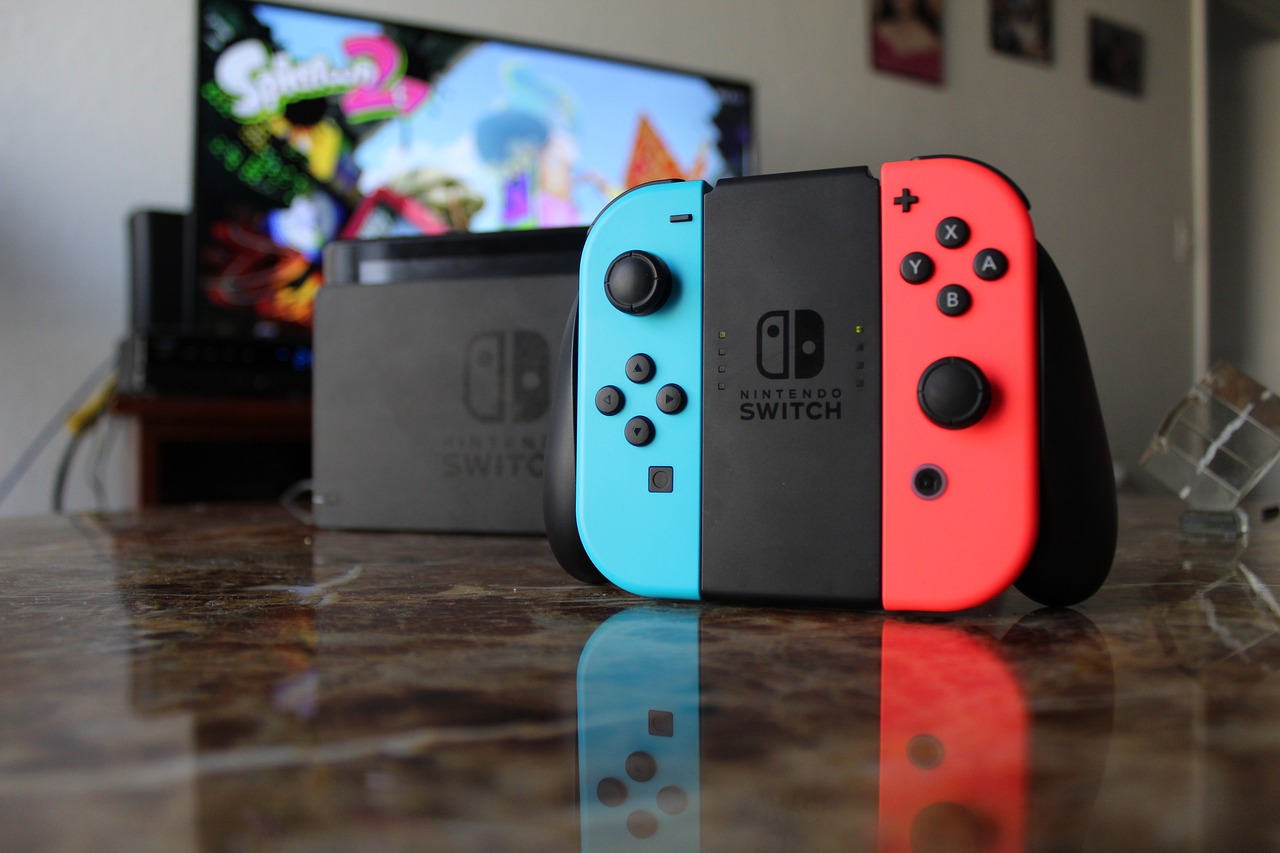Understanding the Importance of Gaming Safety: A Guide for Parents
Gaming safety is an important topic for parents to understand. With the rise of online gaming, it’s more important than ever for parents to be aware of the potential risks associated with their children playing video games. It’s essential that parents take steps to ensure their children are safe while playing online games. This includes monitoring what type of content they are exposed to, setting limits on how much time they spend playing, and teaching them about responsible gaming practices.
Parents should also be aware of the potential dangers posed by cyberbullying and other forms of online harassment. It’s important to talk to your child about these issues and make sure they know how to report any incidents they may experience or witness. Additionally, parents should be familiar with parental control settings available on most gaming platforms so that they can limit access to certain types of content or restrict playtime if necessary. By taking these steps, parents can help ensure their children have a safe and enjoyable gaming experience.
Exploring the Features of the Nintendo Switch Parental Control App
The Nintendo Switch Parental Control App is an application that allows parents to monitor and control how their children use the Nintendo Switch. The app allows parents to set game time limits, restrict access to content based on age and block unwanted games. Parents can also track their children’s progress in games and view game history. The app also offers a feature that notifies parents of their child’s online activity, allowing them to have a better picture of what their child is doing online.
The Nintendo Switch Parental Control App also has several other useful features. It allows parents to create user profiles for each of their children and set individual limits on the amount of play time and content they can access. The app can also be configured to automatically block inappropriate or unauthorized content. Parents can also set alerts for the time their child spends playing games and receive email or SMS notifications about what their child is doing on the Nintendo Switch.
Setting Up and Customizing Parental Controls on the Nintendo Switch
Setting and customizing parental controls on Nintendo Switch is easy and can help ensure a safe gaming experience for the whole family. Parental controls allow parents to set game time limits, block unwanted content or apps, and monitor their children’s activities. To set up parental controls on Nintendo Switch, go to the System Settings menu and select Parental Control. You can then select the appropriate settings, such as game time limit, block content or apps, and monitor activity.
Once you set up parental controls on the Nintendo Switch, there are several ways to customize them. For example, you can create a profile for each player and set individual game time limits, or block specific apps or content. Parents can also set a password for parental controls to ensure that only they have access to the settings. In addition, there is an option for email notification of players’ game progress and other information regarding their online activity. With these tools, parents can have full control over what their child is doing while playing on the Nintendo Switch.
Monitoring and Managing Your Child’s Gaming Time with the App
Monitoring and managing your child’s gaming time with the App is a great way to ensure that they are not spending too much time playing video games. With the app, you can set limits on how long your child can play each day, as well as monitor their activity while they are playing. You can also receive notifications when your child has reached their daily limit or if they have been playing for an extended period of time. This allows you to intervene if necessary and make sure that your child is not overdoing it with their gaming habits.
The App also provides parents with detailed reports about their children’s gaming activities, including what games they are playing, how often they are playing them, and how long they have been playing for. This information can be used to help identify any potential issues that may arise from excessive gaming and provide parents with the tools needed to address them in a timely manner. Additionally, the App allows parents to block certain games or websites if necessary, ensuring that their children are only accessing age-appropriate content.
Promoting Healthy Gaming Habits: Tips and Strategies for Parents
Promoting healthy gaming habits is an important topic for parents who want to protect their children from gaming addiction. To help parents create a safe gaming environment, there are several strategies and tips that can help maintain a healthy gaming routine. First, parents should determine the time and place for gaming. Determining the hours and place to play can help your child limit the amount of time spent in front of the screen. Parents should also monitor game content to make sure it is appropriate for their child. Parents should then set a limit on gaming time and stick to it. In addition to this, it is important for parents to engage in gameplay with their children or simply watch them while they play. This can be a great way to build a bond between parents and their children and provide a safe environment for them to play.
Education is another important aspect to promote healthy gaming habits. Parents should educate their children about the side effects associated with excessive gaming and how to avoid problems associated with gaming addiction. It is also important for parents to inform their children about potential online dangers and discuss them with their children regularly. In addition, it’s a good idea to foster other passions besides gaming – whether sports activities or art hobbies – to give your children alternatives to video gaming. With these strategies and tips, parents can better protect their children from the negative effects of excessive gaming and promote healthy video gaming habits.
